Researchers have developed quantum dot solar cells that can be made into thin, flexible films and used to generate electricity even in low-light conditions.
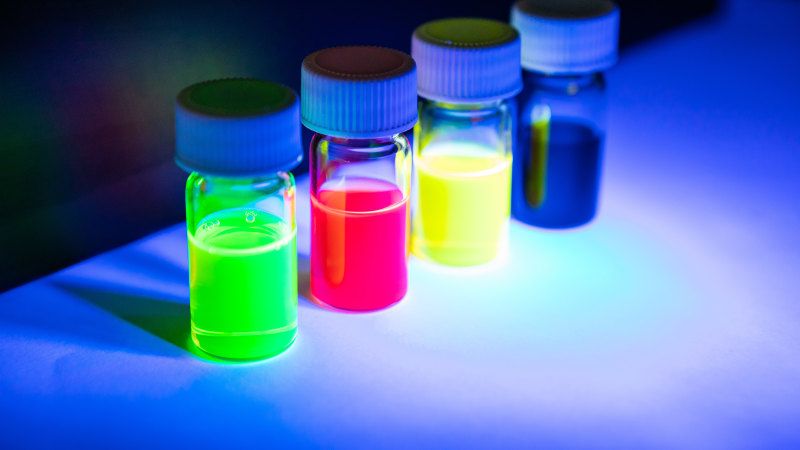


I am not naive — I’ve worked as an aerospace engineer for 35 years — I realize that PR can differ from reality. However, this indication gives me some hope:
“The draft recommendations emphasized human control of AI systems. “Human beings should exercise appropriate levels of judgment and remain responsible for the development, deployment, use, and outcomes of DoD AI systems,” it reads.”
This is far from a Ban on Killer Robots, however, given how many advances are being overturned in the US federal government (example: the US will now use landmines, after over 30 years of not employing them in war), this is somewhat encouraging.
As always, the devil is in the details.
Sources say the list will closely follow an October report from a defense advisory board.
The Defense Department will soon adopt a detailed set of rules to govern how it develops and uses artificial intelligence, officials familiar with the matter told Defense One.
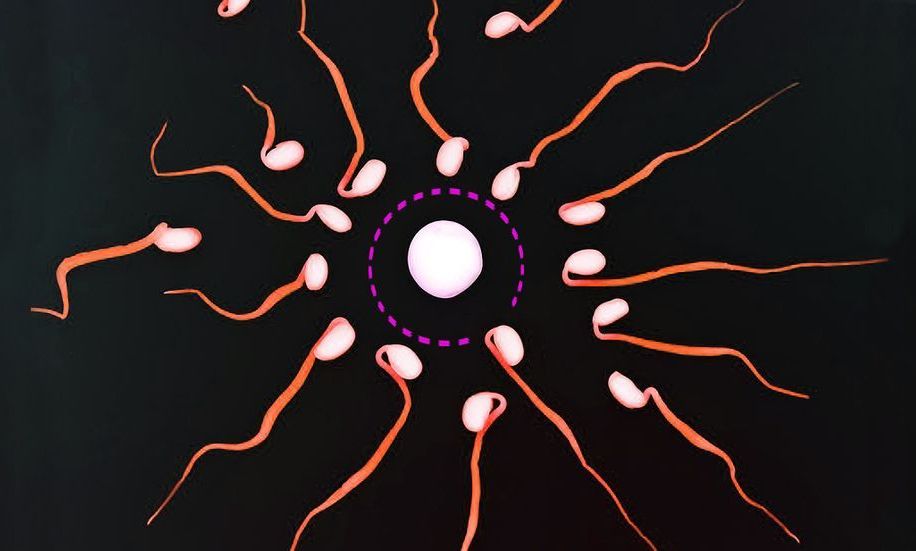
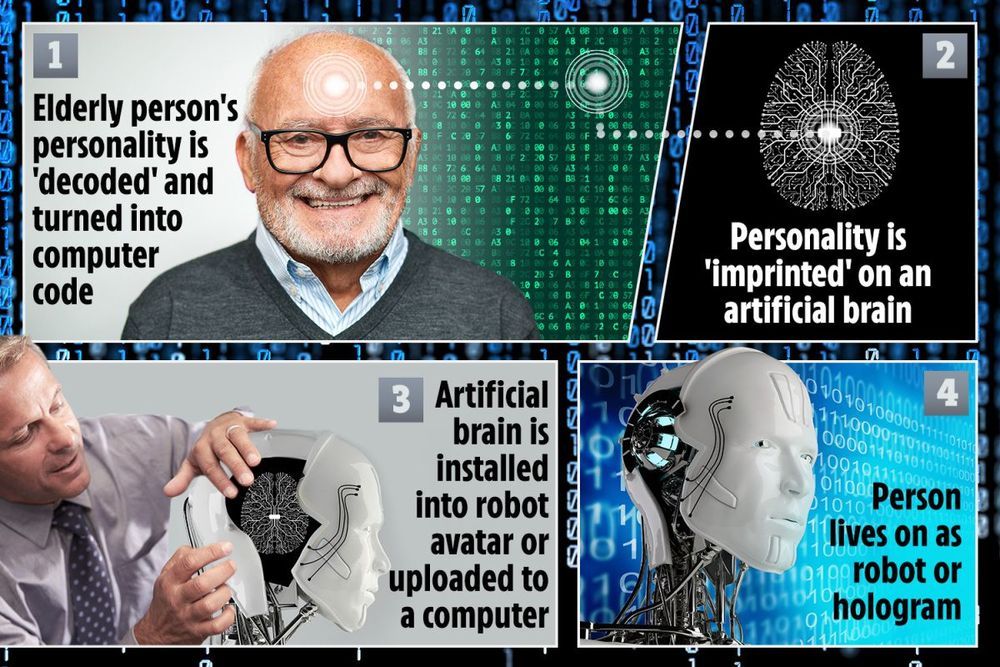
A BONKERS Russian billionaire claims he’ll make you immortal by 2045.
Internet businessman Dmitry Itskov, 38, is bankrolling a far-fetched plan to uploaded people’s personalities to artificial brains.
These “brains” can then be jammed into robots or holograms, allowing us to live on forever as artificial versions of ourselves, Dmitry claims.
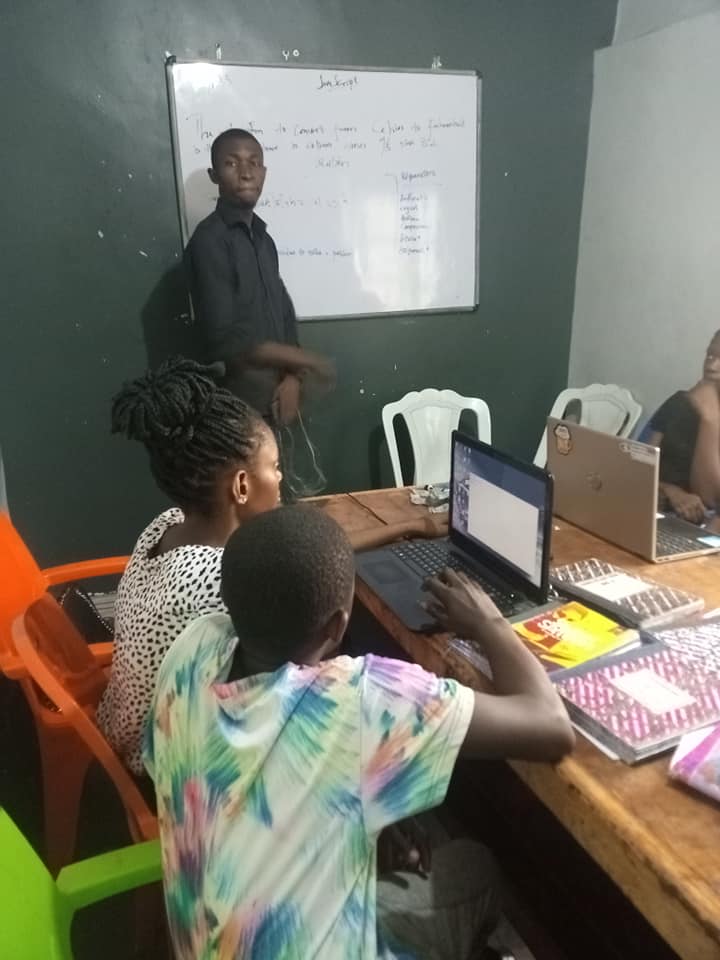

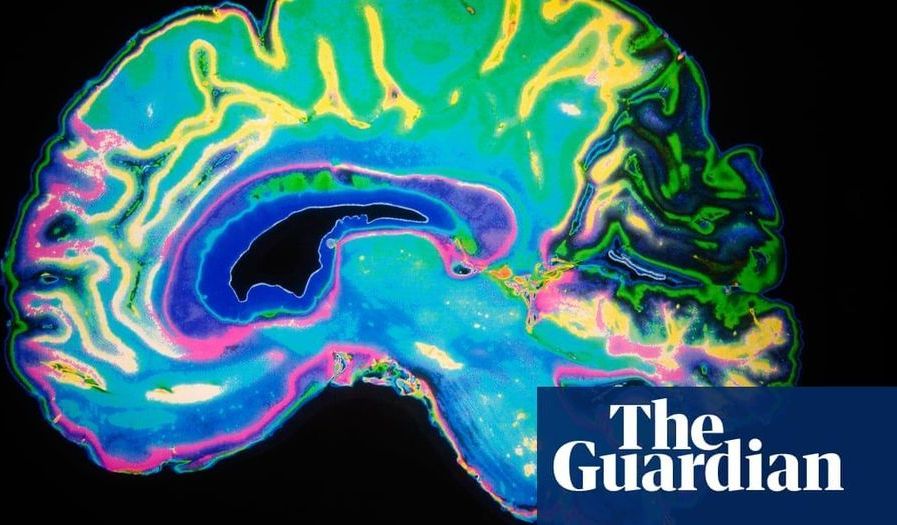

The DARPA Launch Challenge has begun, with a once-stealthy startup called Astra Space aiming to launch two rockets from an Alaska spaceport within the next month and a half to win a $10 million grand prize.
The Defense Advanced Research Projects Agency set up the challenge in 2018 to serve as an added incentive for private-sector development of a highly mobile launch system that the military could use.
At first, DARPA specified that two orbital launches would have to be executed over the course of two weeks from completely separate launch sites in order to win the top prize. However, program manager Todd Master said the plan was changed for logistical and regulatory reasons. Dealing with all the hassles associated with launches from widely separated sites “wasn’t really our goal in solving the challenge,” Master told reporters today during a teleconference.
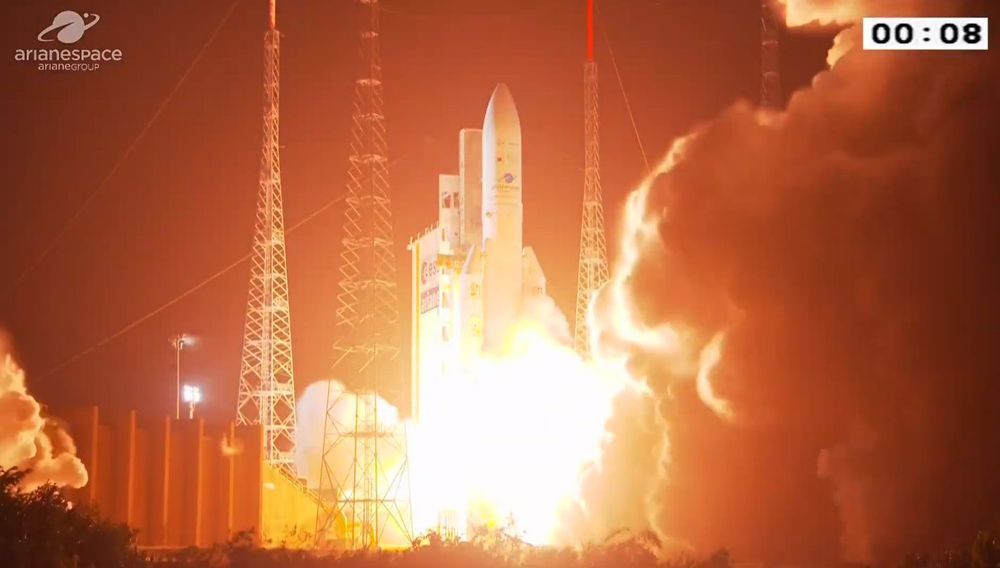
The second Ariane 5 mission of the year lifted off from the Guiana Space Centre in Kourou, French Guiana, in South America on a rideshare mission that launched the GEO-KOMPSAT-2B and JCSAT-17 satellites for South Korea and Japan, respectively.
The launch occurred at the opening of a 62 minute launch window at 22:18 UTC.
